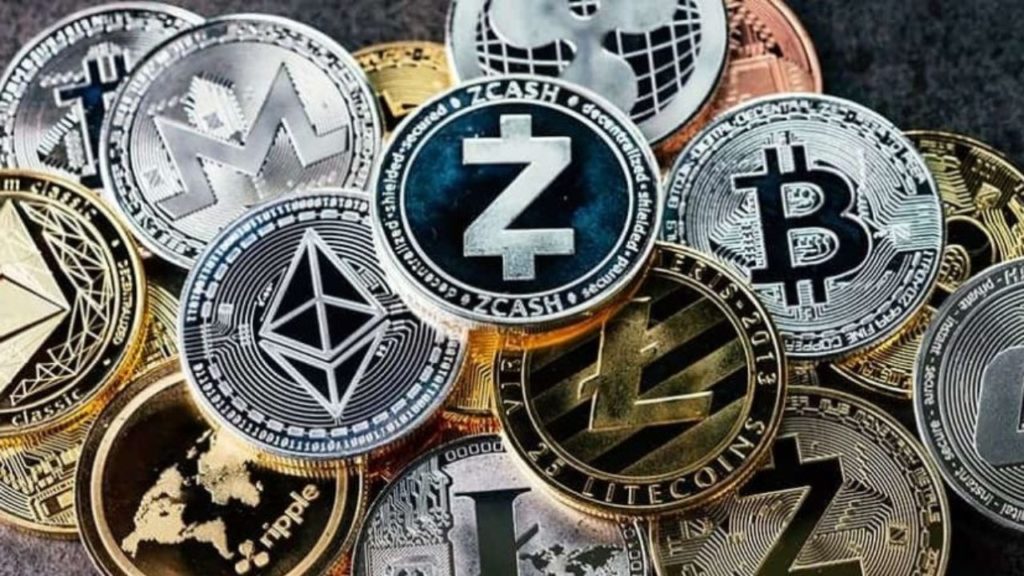RBI Will Start Testing India’s Own Digital Currency! Wholesale Sector Can Be The 1st Testing Ground

RBI Deputy Governor T. Rabi Shankar said that the central bank is ready to begin testing and running pilot projects of Central Bank Digital Currency (CBDC) now that the government has made it legislatively possible.
Finance Minister Nirmala Sitharaman had announced in the Budget that the RBI will launch CBDC in the present fiscal.
Contents
Explainer
CBDC is a government-issued digital currency backed by the RBI which will be as good as India’s fiat currency – Indian National Rupee (INR) and will be exchangeable to the cash at par.
It is an electronic record or digital token of the official currency issued by the monetary authority of a nation.
It will fulfil basic functions as a medium of exchange, unit of account, store of value, and standard of deferred payment.
Benefits
The need for this comes about as central banks are facing dwindling usage of paper currency.
It will also help cut down time taken for cross border transactions and make transactions in real time.
The time is ripe for introducing a more acceptable electronic form of currency which will be more efficient and resistant to the damaging consequences of private currencies.
Slow And Steady
The RBI’s approach to CBDC will be calibrated and nuanced, meaning that it will kick things off with one pilot and then proceed from there.
It intends to take things slow to make sure that CBDCs are introduced in a manner that is non-disruptive.
This makes sense considering that one of the principles for introduction of any technologies for a central bank is that it should “do no harm”.
Replacing Cash?
It will probably try out the wholesale segment first since it “will be the easiest to implement. The other segments are more technology-intensive,” explained Shankar.
He believes that CBDCs could replace cash to some extent.
He cited a 2018-2019 RBI survey which showed that cash accounts for roughly half of all transactions in India and for transactions below Rs 500, the percentage goes up to 70 percent.
Global CBDCs
87 countries which account for 90 percent of world GDP are also actively exploring the concept.
They are either researching, publicly discussing, or launching pilots and some have even gone live with such assets.
Nine countries have fully launched a CBDC- with most of them being located in the Caribbean.
Risks
It is not without its issues though.
CBDCs’ impact on monetary policy effectiveness, the transmission of rates, currency leakage, and privacy and data protection are some of the challenges that will have to be addressed.
It is also going to have various implications for the economy and monetary policy.
Therefore, the RBI is cautiously moving ahead with the implementation.

Comments are closed, but trackbacks and pingbacks are open.